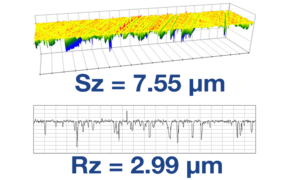
Is Rz equal to Sz?
Some 2D (profile) parameters are closely related to their 3D (areal) equivalents. For example, Ra and Sa (2D and 3D average roughness), and Rq and Sq (2D and 3D root mean square roughness) are calculated in similar manners and often produce similar values. Rz, another commonly used 2D parameter, however, does not generally correlate with
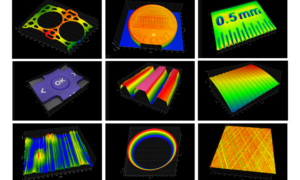
Surface Library: free-to-use surface texture data
Our new Surface Library is a collection of data that will help you to explore, understand, and explain surface texture. It contains some of the more useful and interesting data we’ve collected over the years. Some datasets highlight common surfaces. Others help show how a particular analysis affect data. And some are…well, just fun.
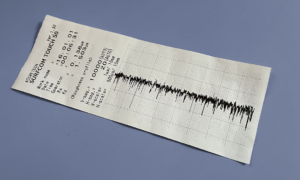
Creating a world-class digital workflow
For years labs and factories have been attempting to go paperless, eliminating hard copy documents in favor of digital storage. The benefits are compelling, from an environmental perspective as well as for data accessibility. In many cases, however, “paperless” simply means storing documents as PDF (Adobe Acrobat) files or as bitmap images—exchanging one static format
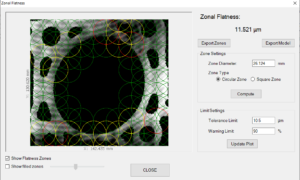
Zonal flatness in OmniSurf3D
Controlling flatness is critical for many surfaces. Functions such as sealing and load distribution are directly related to surface flatness. While controlling overall flatness is important, it may only be part of the answer. A gasket sealing with a head deck, for example, may tolerate a large amount of overall flatness variation…yet it may still
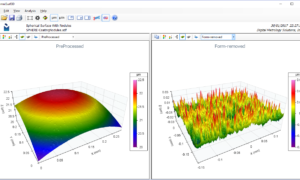
What’s really “beyond Ra”?
Years ago just about every discussion about surface roughness began with Average Roughness, Ra, one of the oldest and most widely known texture parameters. More and more, however, when I start working with people, they begin by telling me that they know Ra is not all it’s cracked up to be. Many articles have been
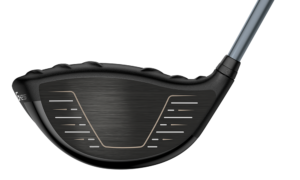
Customer Spotlight: PING golf equipment
Any golfer knows the satisfaction of watching a well-hit drive soaring for hundreds of yards, right down the center of the fairway. In golf, the 500 micro-seconds of contact between the club face and ball are the difference between a successful shot—and a walk in the weeds. It’s no wonder that golf equipment manufacturers are
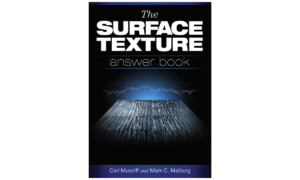
“The Surface Texture Answer Book” is now available
The Surface Texture Answer Book, by Carl Musolff and Mark Malburg, is a Q&A format resource covering more than 100 topics on surface texture measurement, analysis and specification. Many of us depend on surface texture every day. But it’s hard to find a resource that answers questions simply, in a non-academic way. This book is

Just how fast can you analyze an asphere in OmniSurf3D?
Can you configure and analyze an aspheric surface in under a minute? With Digital Metrology’s OmniSurf3D analysis software, it’s easy. Watch this short video to see just how fast it can be! OmniSurf3D includes a set of tools for comprehensive asphere analysis. The process is not only easy, it’s very fast. Configuration can take less
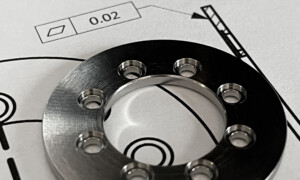
GD&T’s new rule and what it means for measurement
In a new article in Quality Magazine AJ Mennuti and Mark Malburg discuss the challenges associated with the release of ASME Y14.5-2018 and its new fundamental rule “s.” Rule “s” specifies that the evaluation of GD&T features includes every aspect of a surface’s texture and flaws. When measuring straightness, say, one must include the roughness,
